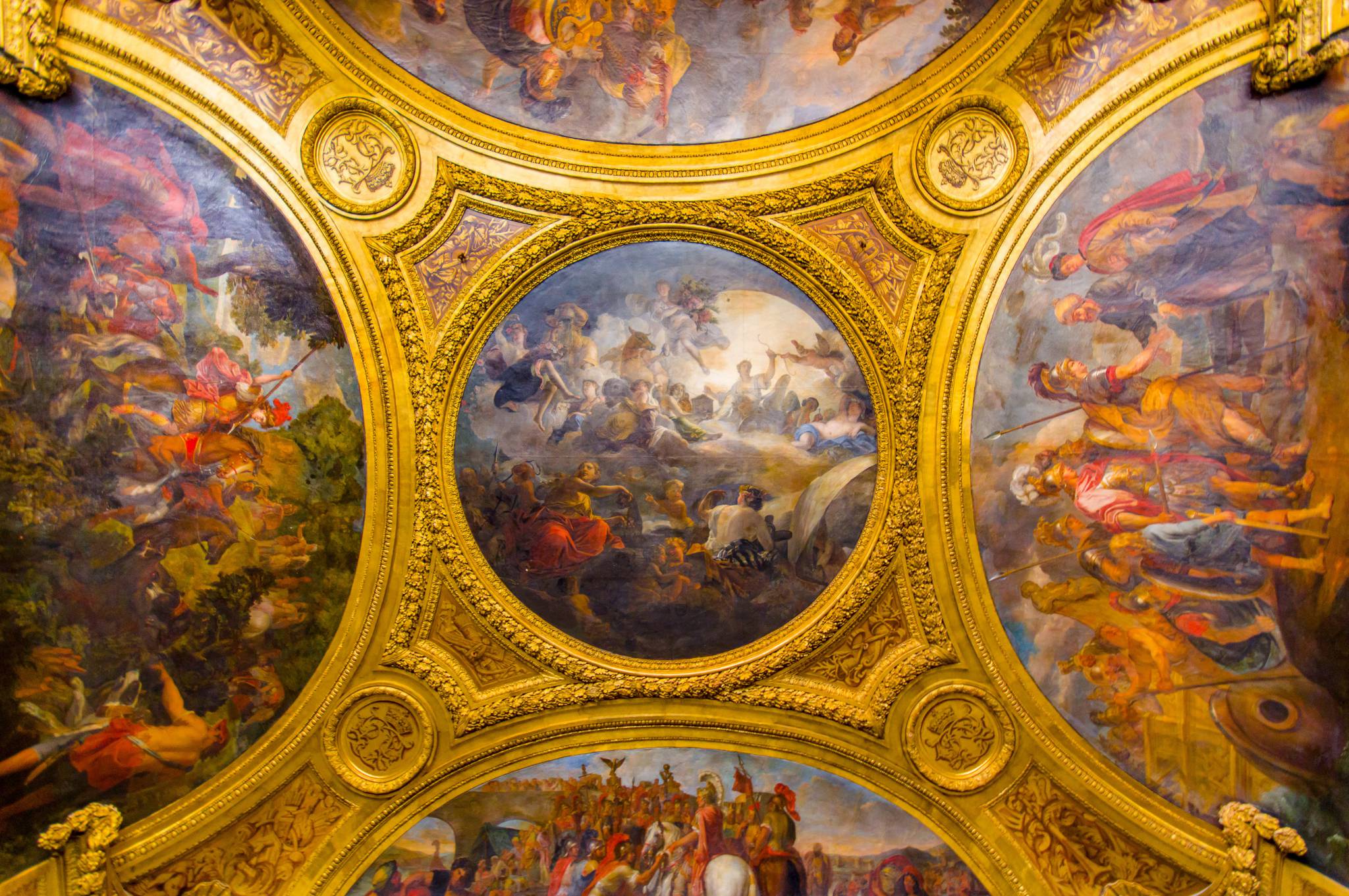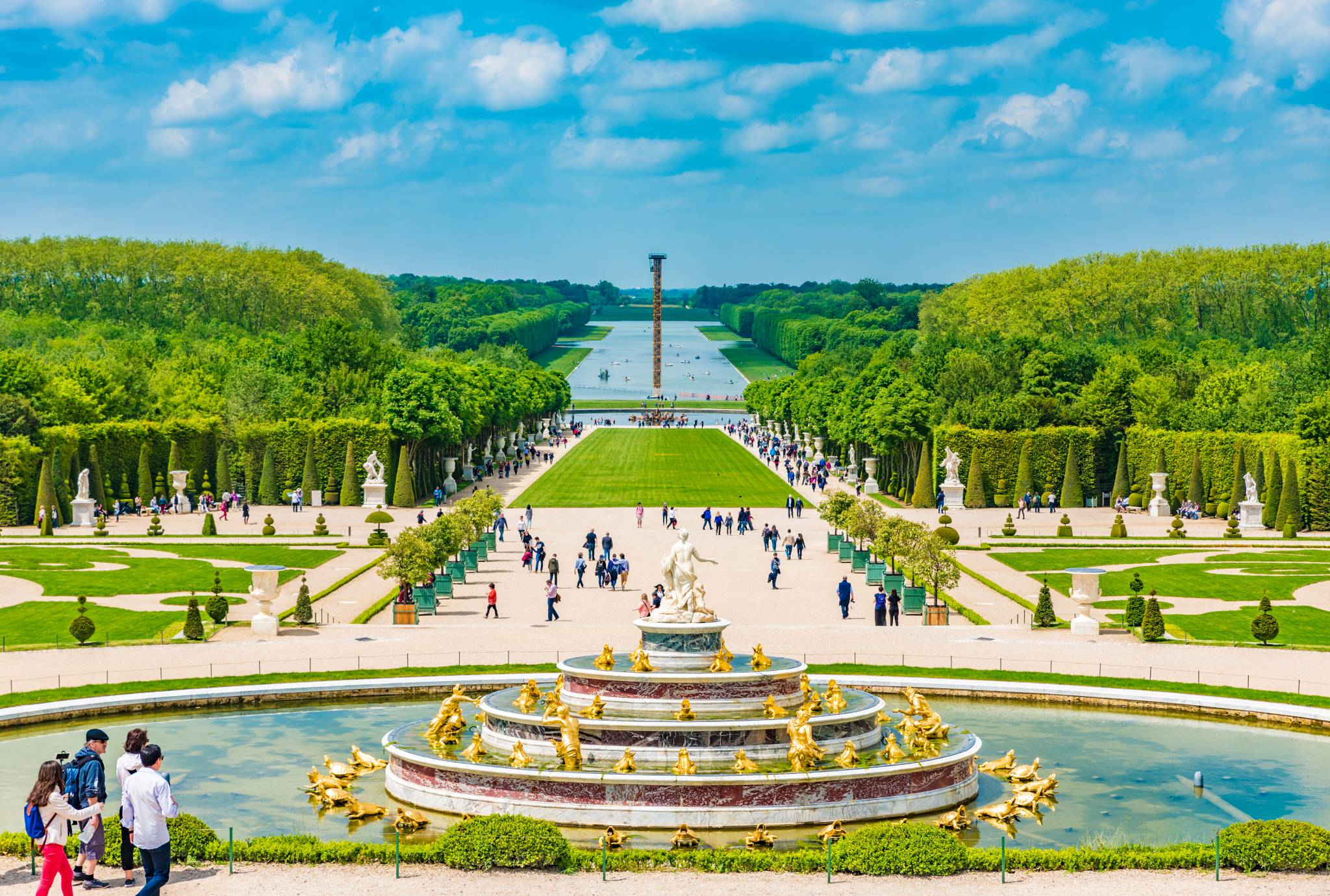Loire Valley is considered so beautiful that kings, queens, dukes, and nobles came to establish castles and palaces in its fertile river valley. So it comes as no surprise that you will be greeted with extravagant fortresses in every corner of this jaw-dropping valley. These fortresses are surrounded by villages and vineyards so expect sumptuous food and wine to go with the great agrarian views. Download the Loire Valley Travel Guide and Offline Map and see the entire splendor yourself.
1. Chateau de Chenonceau
Spanning the Cher River the Chenonceau is one of France's most elegant châteaus. Sitting atop a gracefully arched bridge it is surrounded formal gardens and its magical architecture reflecting its colorful history of being shaped by a series of powerful women. As a result, it is nicknamed Le Château des Dames. Fabulous art fills the interiors. Works by Tintoretto, Correggio, Rubens, Murillo, Van Dyck and Ribera are among the many artworks.
2. Chateau de Chambord
One of the notable achievements of the French Renaissance architecture, the Château de Chambord boasts 440 rooms, 356 fireplaces, and 84 staircases. It is by far the largest and grandest château in the Loire Valley. Construction began in 1519 by François and was initially built as a weekend hunting lodge. But it quickly grew into more than just that and turned into one of the most expensive architectural projects by a French monarch.
3. Chateau Royal de Blois
Blois is indeed the epitome of royal living as seven French kings lived in the chateau. Its four grand wings were built during the four distinct periods in French architecture: Gothic, Flamboyant Gothic, early Renaissance, and classical. Make sure to set aside half-a-day to be able to truly immerse yourself in the chateau's dramatic and bloody history and its extraordinary architecture. One of its features that you must visit is the richly painted Hall of the States-General, from the 13th century.
Learn more about other destinations that offer unique experiences by checking out eTips.











